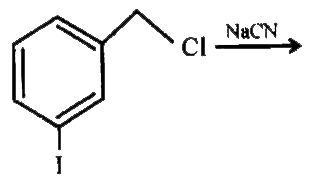Transition state structure of the substrate formed during an enzymatic reaction is
A
Permanent and stable
B
Transient but stable
C
Permanent but unstable
D
Transient and unsable.
Video Solution
Text Solution
The correct Answer is:D
|
Answer
Step by step video, text & image solution for Transition state structure of the substrate formed during an enzymatic reaction is by Biology experts to help you in doubts & scoring excellent marks in Class 12 exams.
Updated on:21/07/2023Topper's Solved these Questions
- MOLECULES OF THE CELLBOOK - DINESH PUBLICATIONCHAPTER - MOLECULES OF THE CELLEXERCISE - CYG
33 Videos
- MOLECULES OF THE CELLBOOK - DINESH PUBLICATIONCHAPTER - MOLECULES OF THE CELLEXERCISE - CYG
33 Videos
- MICROBES IN HUMAN WELFAREBOOK - DINESH PUBLICATIONCHAPTER - MICROBES IN HUMAN WELFAREEXERCISE - Brain Teasers-VIII
60 Videos
- MOLLUSCABOOK - DINESH PUBLICATIONCHAPTER - MOLLUSCAEXERCISE - RQ
76 Videos
Similar Questions
Knowledge Check
Transition state structure of the substrate formed during an enzymatic reaction is
APermanent and stableBTransient but stableCPemanent but unstableDTransient and unstablethe transiton state structure of the substrate formed during and enzymatic reaction is
APermanent but unstableBTransient and unstableCPermanent and stableDTransient but stableIntermediate formed during E2 reaction is -
ACarbocationBCarbanionCFree radicalDIntermediate is not Formed
Intermediate formed during E1 reaction is -
View SolutionThe new substances formed during a chemical reaction are called
View SolutionThe structure of the intermediate formed in the Riemer Tiemann reaction is :
View SolutionThe product formed during Hell-Volhard-Zelinsky reaction is
View SolutionThe structure of the product formed in the reaction given below is :

View Solution

